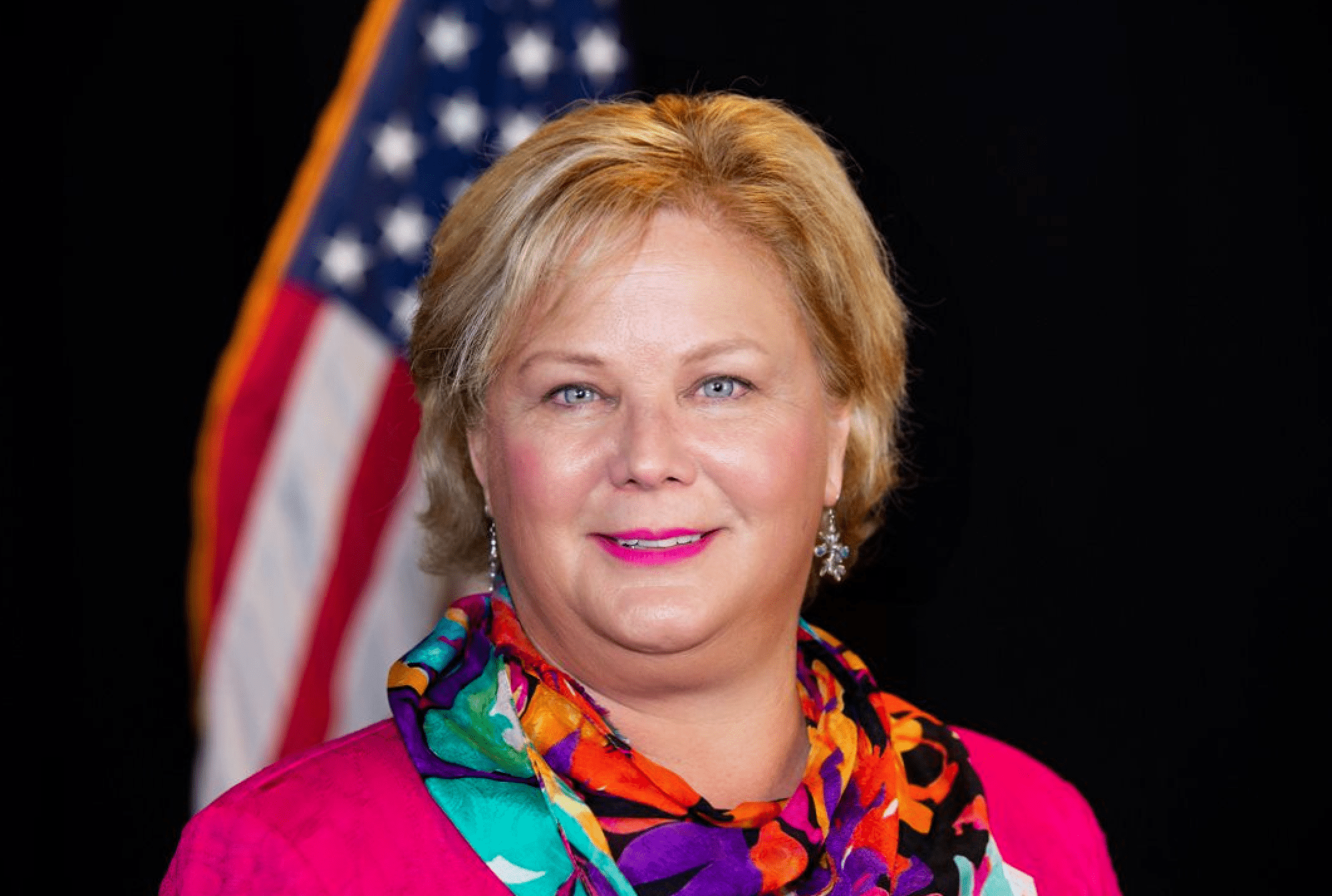
Be a Positive Force in a Changing World
United Nations International Older Persons Celebration
As the world celebrates the International Day of Older Persons, it is important to recognize the profound demographic shift taking place globally. Life expectancy is rising, and birth rates are declining, resulting in a significant increase in the older population. This shift presents both challenges and opportunities for societies across the globe. While the day is passed, the United Nations continues to work on this issue throughout the month to build initiatives for a better future.
While the phrase “aging population” may sometimes evoke concerns about increasing burdens, this demographic change should be seen as a testament to the success of healthcare advancements, public health initiatives, and improvements in living conditions. In fact, rather than viewing aging as a crisis, we can reframe it as an opportunity to harness the wisdom, experience, and contributions of older adults in new and innovative ways.
Add Life to Your Years Not Years to Your Life
The growing population of older adults is a testament to our collective progress in improving longevity and quality of life. As individuals live longer, they have more time to engage in activities that benefit their communities, families, and the economy. Many older adults continue to participate in the workforce, start new businesses, or offer valuable insights and mentorship to younger generations.
The Blue Zones are living laboratories of positive aging where elders are revered for their knowledge and life experience. However, you don’t need to reside in one of these five regions to increase your longevity. Embrace this demographic shift and tap into a rich source of wisdom and expertise. Whether through continuing education, volunteerism, or leadership roles in various sectors, older adults can actively shape the future.
Social Care is Healthcare
One of the most significant concerns associated with an aging population is the strain it may place on healthcare systems. With more people living into their later years, the demand for medical services, particularly in managing chronic illnesses and providing long-term care, is expected to rise. Chronic conditions such as heart disease, diabetes, and arthritis are more prevalent among older adults, which may increase the need for specialized care and ongoing support.
However, this challenge brings opportunities for innovation. By investing in efficient, person-centered healthcare systems, societies can improve care outcomes while controlling costs. Telemedicine, home health services, and advancements in medical technologies can help manage the growing demand. Moreover, preventive health measures and wellness programs targeting older adults can reduce the prevalence of chronic diseases and enhance overall well-being.
Governments, healthcare providers, and communities must collaborate to develop comprehensive plans that include affordable healthcare services, access to geriatric care, and support for caregivers. Investing in caregiver training programs, for example, can equip families with the tools they need to provide quality care at home while reducing the reliance on institutional care. I will continue this discussion on long-term care options throughout this month.
We Are The World
As the global workforce ages, concerns about labor shortages and decreased productivity may arise. However, older adults represent a valuable, underutilized asset in the economy. Many are choosing to extend their working lives, either out of necessity or a desire to remain engaged. With the rise of the “gig economy,” flexible work arrangements, and remote opportunities, older adults can continue to contribute meaningfully to the workforce.
Entrepreneurship is also flourishing among older adults, who often have the financial stability, networks, and experience to launch successful ventures. The growing number of older consumers further drives demand for age-friendly products and services, from healthcare technologies to home safety innovations and lifestyle products.
This demographic shift has created an entirely new market, often referred to as the “longevity economy.” Companies that develop solutions for healthy aging, independent living, and age-friendly environments are poised to thrive in this burgeoning market. By embracing the needs of older adults, industries can drive economic growth and foster inclusive innovation.
If You Build it, They Will Come
To fully realize the potential of an aging population, societies must prioritize investments in infrastructure that promotes healthy, active aging. Age-friendly communities are designed to support the physical, social, and emotional needs of older adults. This includes affordable housing, accessible public transportation, and green spaces where people of all ages can engage in physical activity and social interaction.
Urban planners and policymakers must consider the unique needs of older adults when designing cities. For instance, improving public transportation with accessible options can ensure that older adults can stay connected to their communities, access healthcare, and participate in social activities. Similarly, healthy buildings—those designed with clean fuels, adequate ventilation, and indoor air quality in mind—can significantly enhance the living environment for older adults, reducing the risk of respiratory issues and other health problems.
Investing in age-friendly infrastructure not only benefits older adults but also enhances the quality of life for everyone. A city that is easy to navigate, accessible, and inclusive is better for people of all ages and abilities. Moreover, creating intergenerational spaces where younger and older individuals can interact fosters stronger communities and reduces social isolation.
The Importance of Intergenerational Programs
Intergenerational programs offer a unique opportunity to bridge the gap between generations. By bringing together older and younger individuals, these programs promote mutual understanding, empathy, and respect. They also provide opportunities for older adults to share their knowledge, experiences, and skills with younger generations, while younger people offer new perspectives and energy.
Research has shown that intergenerational engagement can have profound benefits for both groups. Older adults who participate in such programs experience improved mental and emotional well-being, enhanced cognitive function, and increased physical activity. Meanwhile, younger individuals gain valuable social and emotional skills, empathy, and guidance from their older counterparts.
Schools, community organizations, and local governments should prioritize the development of intergenerational programs, whether through mentoring initiatives, arts and cultural exchanges, or collaborative projects. By fostering these connections, we can create a more cohesive, supportive society where people of all ages thrive.
Embrace the Opportunity to Build a Better World
As we mark the International Day of Older Persons, it is vital to shift our perspective on aging from one of burden to one of opportunity. The demographic changes we are witnessing today are an invitation to rethink how we structure our societies, care for our older population, and support intergenerational collaboration. By investing in healthcare, economic opportunities, and age-friendly communities, we can create a world where everyone, regardless of age, can live a fulfilling and meaningful life.
Now is the time to act and embrace the potential of our aging population. Governments, businesses, and communities all have a role to play in creating inclusive societies that honor and support older adults.One last note, the United Nations is holding an important conference this topic on October 7, 2024. I encourage you to watch for news stories following this meeting.




